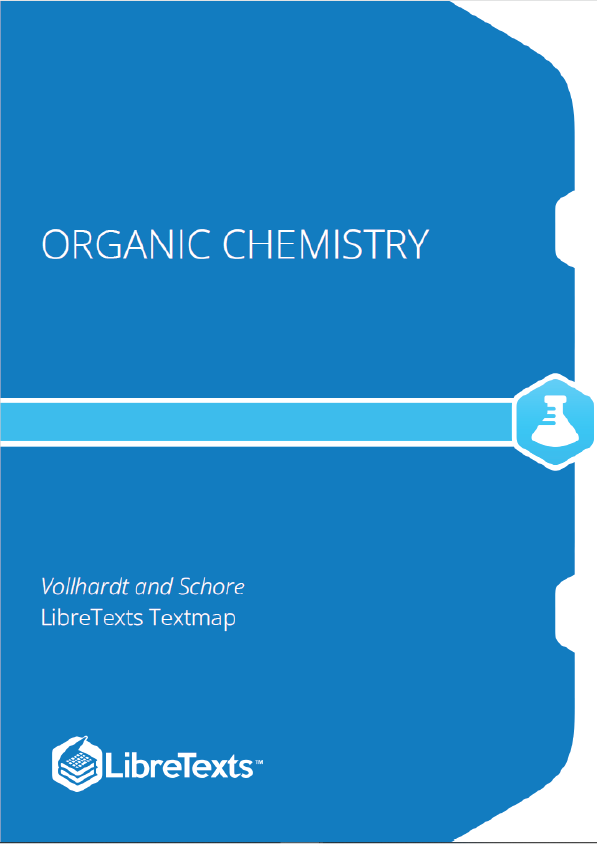1.1: The Scope of Organic Chemistry
Wöhler synthesis of Urea in 1828 heralded the birth of modern chemistry. The Art of synthesis is as old as Organic chemistry itself. Natural product chemistry is firmly rooted in the science of degrading a molecule to known smaller molecules using known chemical reactions and conforming the assigned structure by chemical synthesis from small, well known molecules using well established synthetic chemistry techniques. Once this art of synthesizing a molecule was mastered, chemists attempted to modify bioactive molecules in an attempt to develop new drugs and also to unravel the mystery of biomolecular interactions. Until the middle of the 20th Century, organic chemists approached the task of synthesis of molecules as independent tailor made projects, guided mainly by chemical intuition and a sound knowledge of chemical reactions. During this period, a strong foundation was laid for the development of mechanistic principles of organic reactions, new reactions and reagents. More than a century of such intensive studies on the chemistry of carbohydrates, alkaloids, terpenes and steroids laid the foundation for the development of logical approaches for the synthesis of molecules.
Organic chemistry encompasses a very large number of compounds (many millions), and our previous discussion and illustrations have focused on their structural characteristics. Now that we can recognize these actors (compounds), we turn to the roles they are inclined to play in the scientific drama staged by the multitude of chemical reactions that define organic chemistry.
If you scan any organic textbook you will encounter what appears to be a very large, often intimidating, number of reactions. These are the “tools” of a chemist, and to use these tools effectively, we must organize them in a sensible manner and look for patterns of reactivity that permit us make plausible predictions. Most of these reactions occur at special sites of reactivity known as functional groups, and these constitute one organizational scheme that helps us catalog and remember reactions.
First, we identify four broad classes of reactions based solely on the structural change occurring in the reactant molecules. This classification does not require knowledge or speculation concerning reaction paths or mechanisms. The four main reaction classes are additions, eliminations, substitutions, and rearrangements.
The job of a synthetic chemist is akin to that of an architect (or civil engineer). While the architect could actually see the building he is constructing, a molecular architect called Chemist is handicapped by the fact that the molecule he is synthesizing is too small to be seen even through the most powerful microscope developed to date. With such a limitation, how does he ‘see’ the developing structure? For this purpose, a chemist makes use of spectroscopic tools. How does this chemist cut, tailor and glue the components on a molecule that cannot be seen with the naked eye? For this purpose chemists have developed molecular level tools called Reagents and Reactions. How does he clean the debris and produce pure molecules? This feat is achieved by crystallization, distillation and extensive use of chromatography techniques. A mastery over several such techniques enables the molecular architect (popularly known as organic chemist) to achieve the challenging task of synthesizing the mirade molecular structures encountered in Natural Products Chemistry, Drug Chemistry and modern Molecular Materials.











